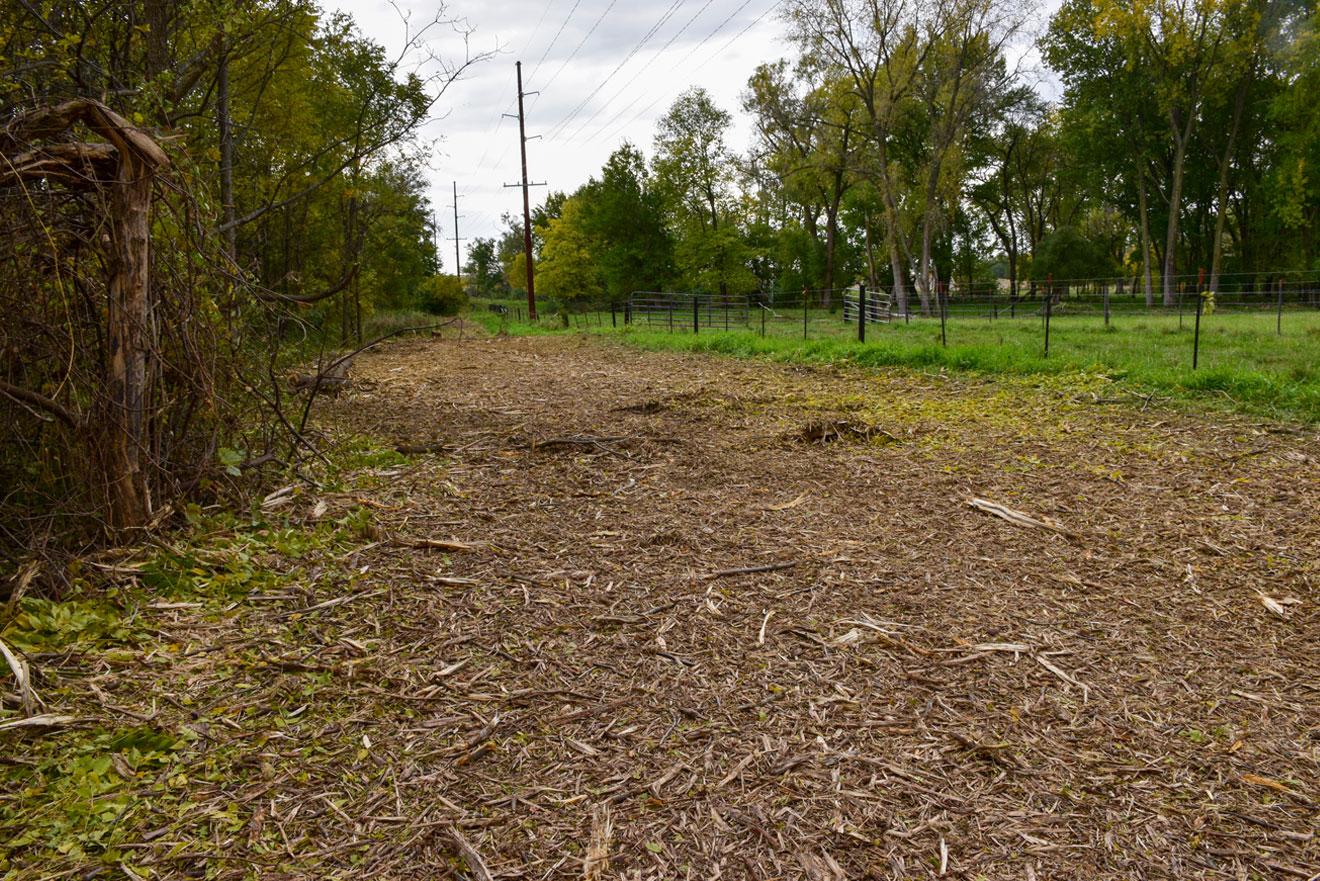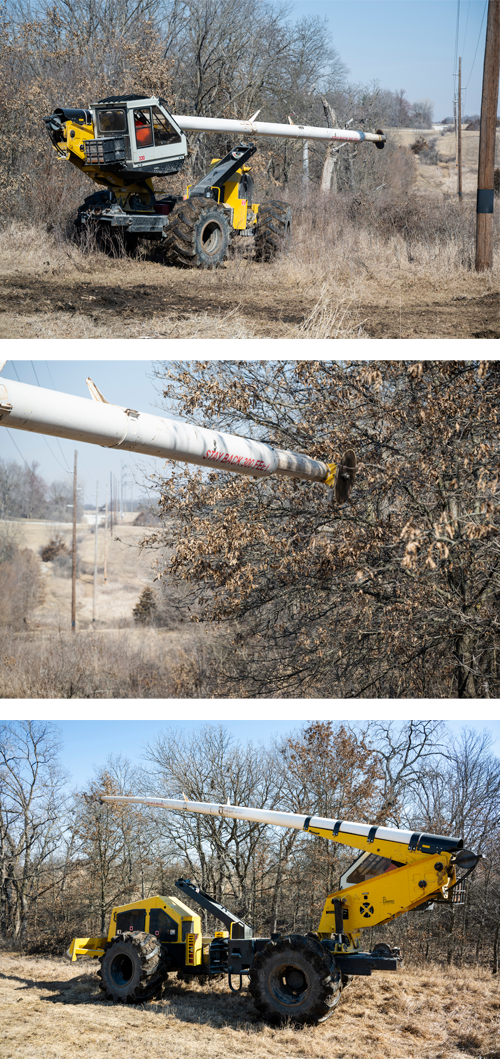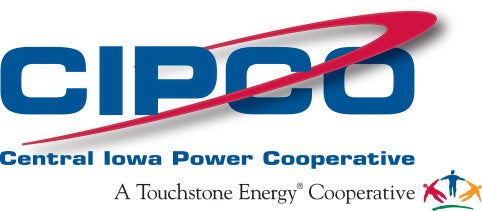Clearing The Way For Reliable Power

"This high-level goal encompasses several priorities which are worker and public safety, service reliability, and environmental protection."
A soggy summer with temps above average means yet another months-long battle against nature and her greenery as electric utility crews slay weeds, trees and shrubs to keep power lines clear.
For utilities that own large power lines, like CIPCO, vegetation management is of utmost importance when it comes to providing reliable power to its Member cooperatives, and the hundreds of thousands of cooperative members at the end of the line.
“The goal is to make sure that vegetation doesn’t make contact with transmission facilities and does not impede transmission-related work,” said Terry Fett, director, CIPCO Engineering and Operations. “This high-level goal encompasses several priorities which are worker and public safety, service reliability, and environmental protection. Less vegetation contacts mean more in-service time for our members. Less vegetation contacts mean less chance of electrical contacts and fires, which protects our workers and the public.”
High voltage transmission lines, too, can present additional challenges. The taller structures and wider corridors to maintain safe clearances around them impact the time and tools it takes to perform the work.
CIPCO’s vegetation clearing work is done by a combination of contractors and CIPCO employees using chainsaws, bucket trucks or, occasionally, specialty trimming vehicles. Chemical spraying is used to slow growth and reduce the need for mechanical clearing as well.
“Our crews are required to be trained on chemical mixing and spraying techniques to ensure proper application,” Fett said.
In the last few years, CIPCO has worked to do more vegetation work internally or with contractors using more flexible contracts. With the improvements to the contactor agreements, CIPCO can direct workers to high-priority areas, maintain greater control over costs, and have more direct engagement with affected landowners as CIPCO works to balance landowner needs with the needs for reliability and safety.
In a post-storm situation, Fett added, it’s important to have clear transmission corridors since obstructions can slow down progress.
“One of the reasons why we clear ahead of time is so that during emergencies, it is easier to navigate the terrain,” he said. “We don’t have time to do routine vegetation clearing during the actual restoration. The only work that might be done is clearing a tree that fell during a storm.”
During dry conditions, the growing threat of wildfires is also a top concern. A tabletop exercise by CIPCO Utility Operations staff in the summer of 2024 addressed the technical hurdles and communication needs during a wildfire event.
“Wildfires can be a risk to human life, property, the environment, and service reliability,” Fett said. “As with any emergency, communication is key to preventing further damage as well as to communicate status to affected parties. There were several takeaways regarding operating practices, procedures during high-risk time periods, and coordination needed with other utilities and agencies.”
By staying abreast of vegetation management practices, Iowa’s terrain, soil conditions and vegetation growth cycles, CIPCO can plan and design transmission paths that avoid heavy vegetation areas when possible. Doing so also reduces the expense of ongoing maintenance costs and future clearance hazards.

CIPCO contractors use a specialized piece of machinery designed for tree trimming in challenging terrains.
